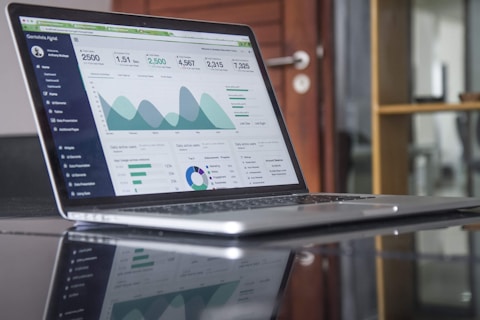How to Automate Your Payments and Simplify Your Finances
Learn how to automate your payments with this easy guide. Save time, avoid missed bills, and reduce financial stress by setting up automatic payments today.


Managing your finances can feel overwhelming, but automating your payments is a game-changer. It saves time, reduces stress, and ensures you never miss a bill or deadline. Follow this step-by-step guide to set up automatic payments and simplify your financial life.
Step 1: Log in to Your Banking App or Online Banking
Start by accessing your bank’s online platform or mobile app. Navigate to the section for payments or transfers (commonly labelled as “Transfers & BPAY®” or “Payments”). This is your hub for managing all outgoing funds.


Step 2: Enter Payment Details
Input the necessary details for the payment:
Recipient: The biller, loan account, or another account you’re paying.
Amount: Specify the exact amount to be paid.
Payment Date: Decide when the payment should be processed.
Be precise to avoid errors that could disrupt your finances.


Step 3: Schedule the Payment
Choose the type of automation that works best for you:
One-Time Future Payment: Perfect for one-off bills—select the specific date you want the payment to go through.
Recurring Payments: Ideal for ongoing expenses like rent or utilities. Set the frequency (e.g., weekly, fortnightly, or monthly) and let the system handle it for you.
Follow the prompts to complete the scheduling process.
Step 4: Save and Confirm
Carefully review the payment details, including the amount, date, and recipient. Once confirmed, your payments will now be automated, allowing you to focus on other priorities without the fear of missing a deadline.


Tips for Automation Success
Use Dedicated Accounts:
Create separate accounts for bills and discretionary spending. This helps you avoid accidentally overspending funds meant for essential payments.Set Up Payment Reviews:
Automating doesn’t mean forgetting. Schedule regular reminders to review your automated payments to ensure they align with any changes in your finances.Adjust When Necessary:
If your income or expenses shift, update the payment amounts or schedules promptly to stay in control.
Why Automating Payments Matters
Automating payments is more than just a convenience—it’s a smart financial strategy. A recent report from the Australian Payments Network highlights that over 80% of Australians use digital payment methods, with automation increasingly popular for managing recurring bills. (Source: Australian Payments Network).
By taking these steps, you’ll eliminate late fees, improve your financial health, and gain peace of mind.


Frequently Asked Questions
1. Can I automate payments for all bills?
Yes, most bills can be automated through your banking app or directly with the biller. Check with your provider to confirm.
2. Is automating payments safe?
Absolutely. Banks and financial institutions use secure systems to process automated payments, but always monitor your accounts for unusual activity.
3. What happens if I don’t have enough funds for an automated payment?
If your account lacks sufficient funds, the payment may bounce, and you could incur fees. To avoid this, use a dedicated account for bills and maintain a buffer.
4. Can I cancel or change automated payments?
Yes, you can usually modify or cancel payments through your banking app or online platform. Just ensure changes are made before the scheduled payment date.
5. Is there a fee for setting up automated payments?
Most banks do not charge for this service, but it’s worth checking with your provider.
